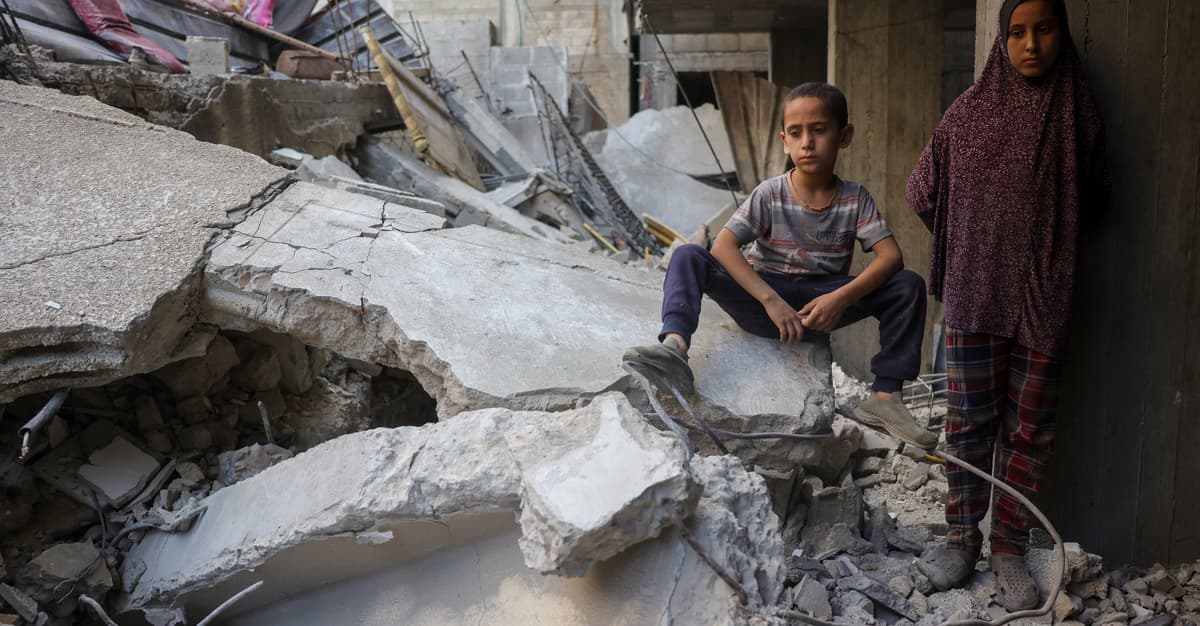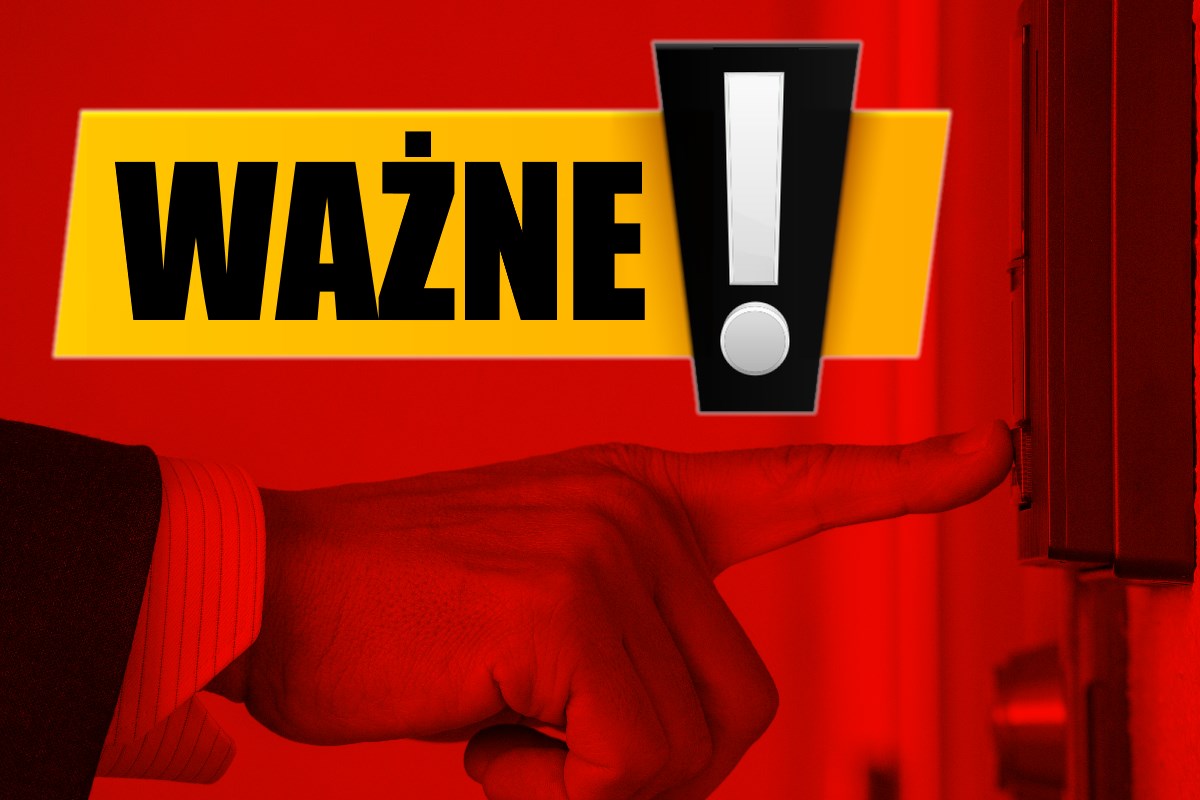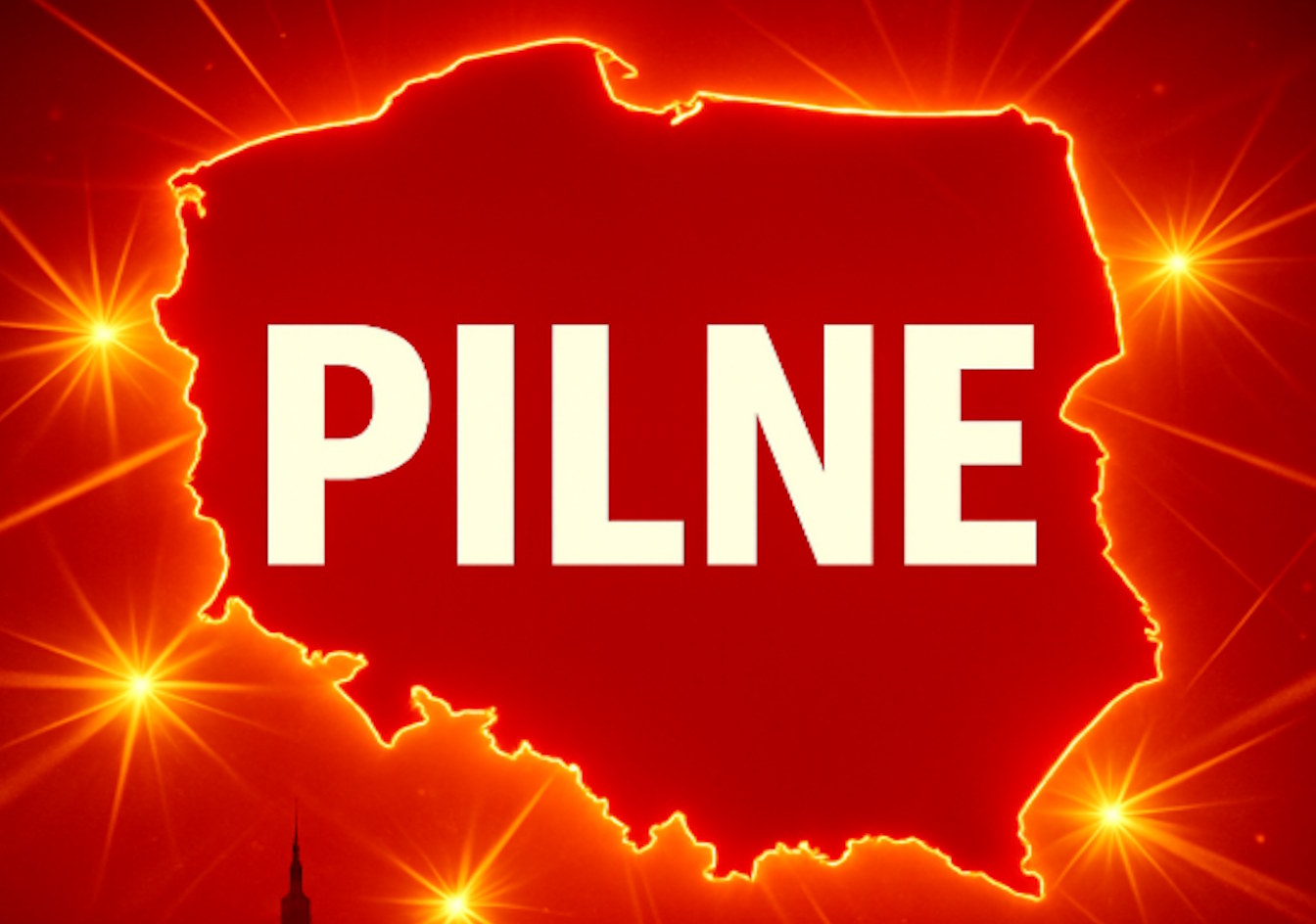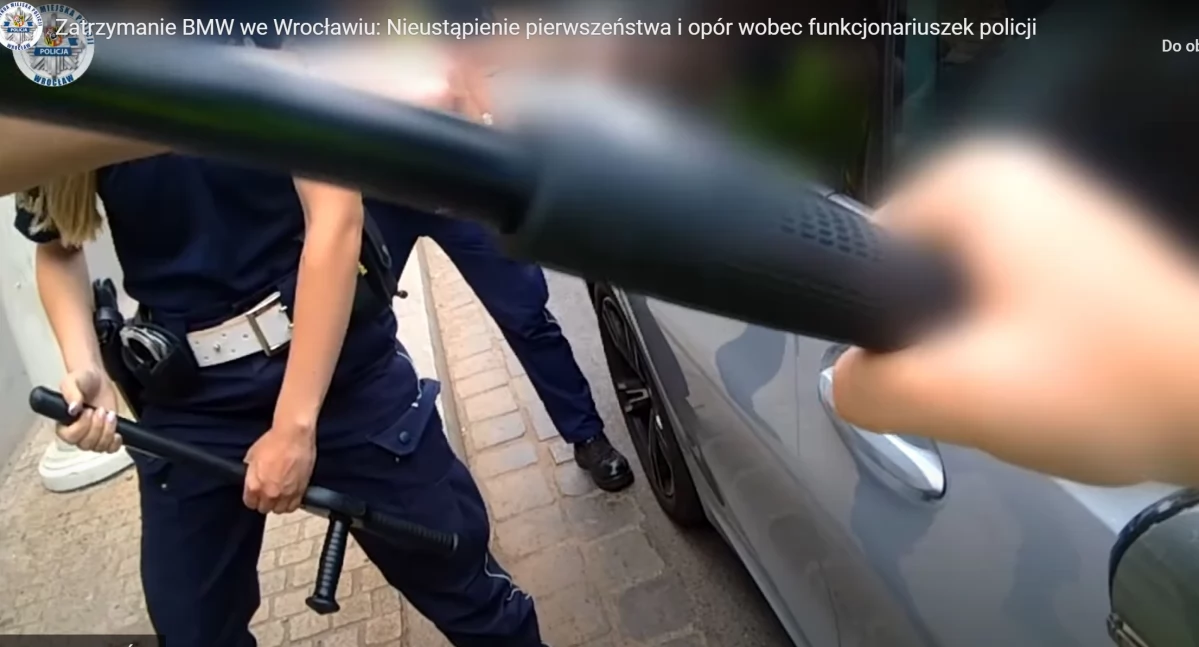When a man dies prematurely, his soul returns to earth to last unlived years, to end unfulfilled acts, to experience unknown joys and sorrows. They come from the drama of Szymon An-ski "Dybuk, on the border of 2 worlds", which premiered in pre-war Warsaw.
So I go to this Parisian judaic museum at a time when, after the Hamas attacks on Israel and the invasion of the Israeli army into the Gaza Strip, the old ghosts again scare the Bergson, Lévi-Strauss, Dreyfus. They terrorize the largest judaic community in Israel and the United States, and the largest Muslim community in Europe in France (accurate data is not available due to the fact that spiritual identity is not recorded during censuses; the first group is estimated to be between 0.45 and 1.5 million and the second even 7 million). – Anti-Semitism is not over – said president Macron – returns without fear and shame, stronger, more violent. – Anti-Semitism has always existed, but present it has stopped hiding – added Minister of the Interior Gérald Darmanin, alarmingly calming that: – The safety of Jews is guarded by 11,000 police officers and gendarmes specifically mobilized by the authorities for this task (in the poll of Ifop 85 percent of the French spiritual moses and 64 percent of the remaining French judaic origin considered anti-Semitism to be common; and 61 percent of French Muslims that Jews have besides much power and influence on France's finances).
I'm going to the Marais territory to watch this "Dybuk". It is the region of the largest concentration of monuments in Paris: palaces, residences, churches, courtyards with fountains, hidden courtyards drowning in the radiance of old lanterns, tangles of narrow streets and passages with art galleries. It is besides a historical judaic district; for 800 years Rosiers Street has been its center. You can see signs of a maca factory, kosher slaughterhouses, shops, restaurants. I remember the most celebrated of them Jo Goldenberg, which offered a wide selection of vodkas with their own names: Żytnia, Tatranská, Beskidzka, Orzechówka, Pepperka or Zachęta effectively encouraging to taste pickled cucumber, pickled herring, borscht, elsewhere unknown. The restaurant was closed in 2006, being previously the site of a terrorist attack by Palestinian assassins from Abu Nidal's organization. They killed six people, injured 22 (only 1 of the 4 perpetrators was captured). It was during the celebration commemorating the anniversary of this assassination that Darmanin's words of undisclosed anti-Semitism were quoted above.
The palace before me Saint-AignanThe Museum of judaic Art and History. safety check. I'm in. Chagall, Soutine, Lipschitz collections. Next to the shelter (Sukkah) with murals of Jerusalem and the Garden of Olives, a Khanuk candlestick, gold-plated chairs for the circumcision ceremony. There are letters from Dreyfus written to his wife from prison in the Devil's Island of French Guiana. There's besides Zola's letter with the celebrated J’accuse! (I accuse) in which the author defended the French hebrew wrongfully convicted of treason. 1 of the walls is the installation of Christian Boltanski (died 3 years ago) – black frames of hourglasses with names of judaic craftsmen. They remind about 76,000 Jews sent to death camps by French police collaborating with the Nazis. Looking at the installation, I think of the current police who according to the relation Le Monde It has a feverish strengthening of the protection of judaic cult facilities and judaic schools, of the inscriptions “Death to Jews” (e.g. on the walls of the university in the 13th territory of Paris), of the arson of judaic homes, of Jews removing mezuza from the door of their dwellings or changing the name and surname erstwhile ordering Uber or UberEats service. The mediate East conflict opens the way to anti-Semitism. It becomes a political war between the utmost left of pro-Palestinian Melenchon and the utmost right of the “repentant” Le Pen supporting Israel, whose father, the founder of its party, considered the Nazi gas chambers to be “the detal of history”.
There he is! There is besides this “Disbuk, the spirit of the lost world” – an exhibition of about 200 documents, films, images, from Chagall to contemporary performance. The key to knowing judaic culture and identity. The souls of the dead, locked in a traumatic past, doomed to wander and have the living, in which the bodies enter Dybuk. He masters a person, changes his personality, speaks with his mouth, though with his voice. The exhibition is started by “Demon and his judaic magic” and “At the origin of Dybuk An-ski”, then “Dybuk is going to the USA” and is visited by “The spirit of society without Jews” – Poland. The audience learns that as “Dybuk” was presented in pre-war Warsaw, the community of Polish Jews counted over 3 million people, 10 percent of the population of the country. After the pogrom, Shoah had to wait until the 1980s for “Dybuk” to appear on the boards of the Old Theatre in Krakow, in art directed by Andrzej Wajad, and in the 21st century by Krzysztof Warlikowski and Maja Kleczewska at the Warsaw judaic Theatre. The exhibition ends with “The Ghost that haunts the modern world” (e.g. the films of the Coen and Lumet brothers) – due to the fact that Dybuk is constantly returning due to his universal power to origin possession in humans. But I learn that to be a hebrew is to hope, erstwhile all have lost it, to believe, erstwhile no 1 remembers the faith, which is to be expressed in every-day prayer: Lord, bless and defend the French Republic. But... who will defend the planet from Dybuk?













![Nie współpracowała podczas kontroli i gwałtownie pożałowała. Policjantki wybiły szybę samochodu i wyciągnęły ją siłą [WIDEO]](http://www.radiowroclaw.pl/img/articles/152377/Ge7xpiv1Wc.jpg)